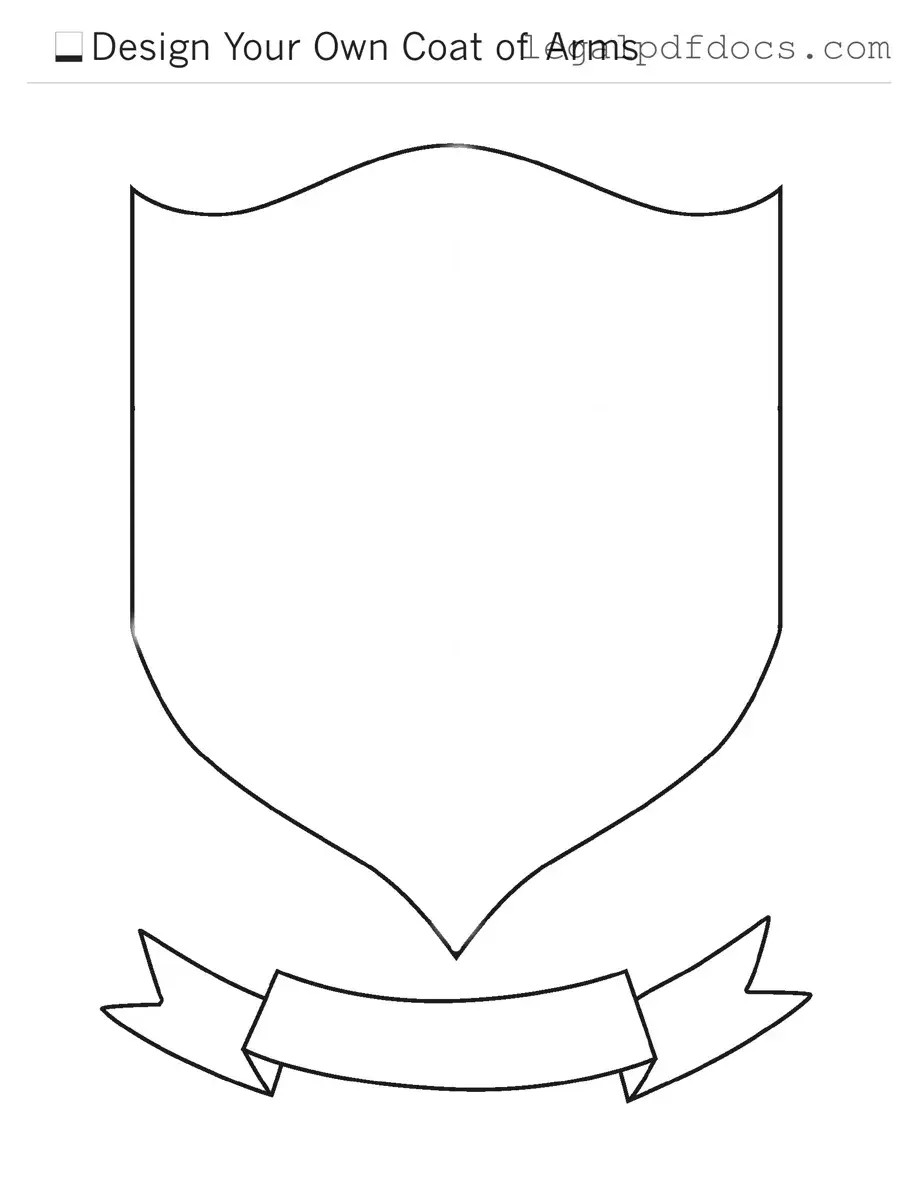Fill Out a Valid Coat Of Arms Template
The Coat of Arms form is an official document used to request the creation or registration of a coat of arms, a unique symbol representing an individual or family. This form is essential for those seeking to establish their heraldic identity and ensure their arms are recognized legally. To get started on your journey toward heraldic recognition, fill out the form by clicking the button below.
Open Coat Of Arms Editor Here
